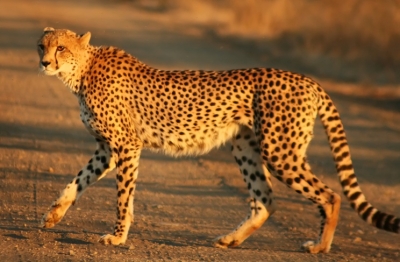
Do the names Sudan, Martha, and George ring a bell? And, what is common to them? Sudan, a male northern white rhinoceros; Martha, a passenger pigeon and George, a Hawaiian tree snail were all the last of their kind (none of them is alive today). Thankfully, the world has been alive to the concerns of extinction for a while now. Which explains concerted conservation efforts globally to ensure we do not forever lose species as an unfair consequence of our own actions. Population decline in several species has been reversed, while some have been stopped from going extinct. But should our focus be only on species teetering on the edge of extinction and whose numbers are plummeting? Come, let’s find out.
Nature is limitless. Or, is it? Even as recently as the 19th Century, extinction at sea was deemed impossible. “given the reproductive capacity of marine organisms and the impracticality of overfishing”. Species such as the passenger pigeon, the northern cod (a type of fish), the plains bison, the American chestnut (a deciduous tree), and the eastern white pine were once considered super-abundant, and their decline/disappearance, inconceivable. But the reality in all these cases has been different. And points to the fact that common species face decline and extinction too.
It’s wise to remember that several species on the brink of extinction started off as abundant or common. Abundance offers only a “partial buffer” against extinction, and the focus should be on the rate of decline because abundant species “are not immune to decimation”. For instance, a study of North American birds uncovered that “three billion birds on this continent within the past two generations” were lost. The focus on common species is as important as on rare ones because “the shifts in abundance of common species can translate into sizeable shifts in ecosystem functioning”.
Take the case of birds. Given the amount of “insects they eat, the flowers they pollinate and the seeds they disperse”, a sudden and drastic decrease in the population of a common species can spell disaster in an ecosystem. Apart from this, studies show that encounters in the natural world-even a butterfly in a garden- improve the mental health of humans. When common species go, so will our chance of such encounters.
While rare species do require the attention they get,” the extinction of Commonness” should be prevented. And this can be done when we “monitor nature closely, guard against complacency and invest for the long term.”
Picture Credit: Google




